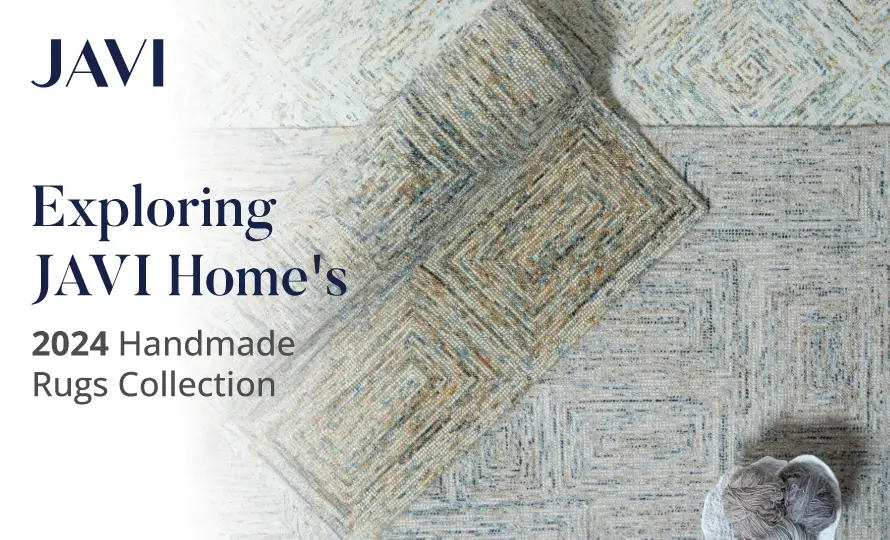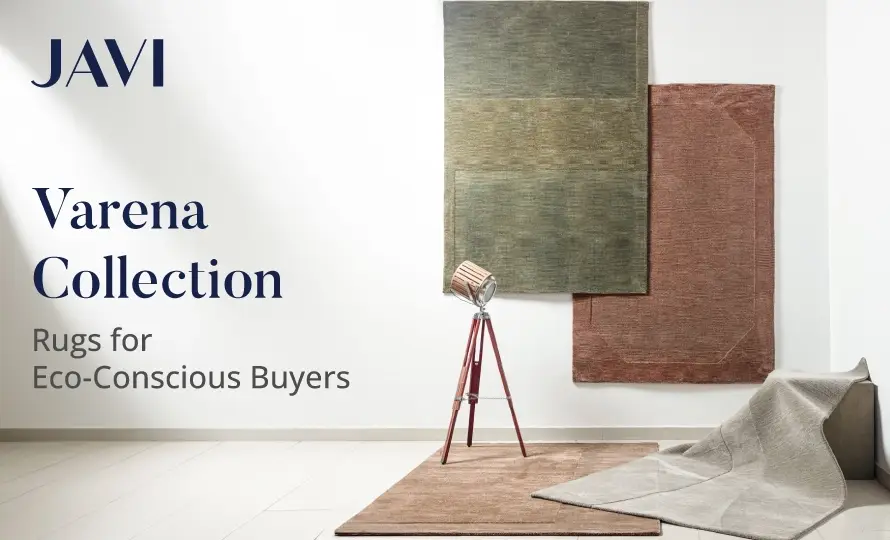Persian Rugs are also known as Iranian Rugs. Produced in Iran, these rugs carry the legacy of years old ancient art. Carpet Weaving formed an integral element of the Persian culture for a multitude of purposes like home use, local scale, and exports. The elaborative designs and variety of rugs found in Persia have a strong standpoint in the overall Oriental Rugs range. Persian Rugs are considered to be of good quality because Persia has a long history of producing carpets with high knot counts. Added to that, the rug artisans in Persia have a stronghold on their craft which ultimately shows in the detailed rugs with magnificent artwork. The secret of Persian Rugs is in the method of making the fabric for these rugs. A true-blue Persian rug is one that is made in Persia via the hand-knotted technique.
Persian Carpet Designs
The Persian Carpet available today behold the designs which were brought into practice post the ‘Carpet Design Revolution’ in Persia. By the late fifteenth century, the Persian carpet designs started featuring large-format medallions, floral ornaments, spirals, curvilinear designs, tendrils, flowers, animals, etc. All of these depictions were thought to be symbolic of harmony and rhythm. This breakthrough also changed the way border designs were crafted. The ‘Kufic’ designs were replaced by tendrils and arabesques. In today’s era, these motifs are symbolic of Persian Carpets Designs.
Persian Rugs Patterns
Persian Rugs Patterns are depictive of their history and culture. Based on the various types of Persian Rugs, the different patterns that can be found are Boteh, Gul, Herati, Mina-Khani, Rosette, etc. Boreh refers to palm leaf patterns that are majorly used in isolation in artistic weaves. Gul refers to a flower pattern, Herati to a flower centered within a diamond, Mina-Khani to a pattern of repeated daisies interlinked by diamond, Rosette to a circular arrangement to depict the petals of a rose.
Persian Rug Identification
To identify an original Persian Rug, check out the following factors –
- Flip the rug upside down, on an authentic handmade Persian Rug you can visibly observe foundation threads that run horizontally. Handmade rugs won’t have perfectly straight horizontal thread however that’s not the case with machine-made ones.
- Observe the designs carefully on the front part of the rug. These designs should not be of the same shape and size from one end to the other because this is the beauty of the original Perian rugs. The unevenness is the testament of a handmade Persian rug.
Different types of Persian Rugs are
Tabriz Rugs –
Tabriz Rugs feature patterns like teardrop medallions, tress, flora, fauna, hunting scenes, etc. These rugs have originated from one of the ancient rug weaving hubs – the city of Tabriz, capital of Azerbaijan. Known for their premium quality, they are made of wool, cotton, or silk.
Heriz Rugs –
Heriz Rugs are extremely durable and can last for many generations. These rugs feature medallions in the center which form the foundation of their design patterns. They are mostly found in loud, bright colors with bold patterns. One of the easiest ways to recognize them is their multi-linear outlines and large corner pieces.
Kashan Rugs –
Kashan Rugs are high-quality rugs with an impressive knot count. These rugs are usually found in colors like yellow, green, deep blue, orange, red, etc. What sets Kashan rugs apart from other rugs is their medallion and corner patterns on a floral background.
Gabbeh Rugs –
Gabbeh rugs are made of local handspun wool which is why these rugs are very thick. Made in Zagros Mountains, natural dye is used on these rugs to provide them different colors like yellow, orange, red, etc. These rugs feature simple designs, and the focus is more on colors.
Isfahan Rugs –
The designs on Isfahan rugs consist of medallions accompanied by vines. These designs are very balanced and symmetrical made on silk or wool fabric.
Nain Rugs–
Nain Rugs have very intricate patterns. They are high quality rugs made with fine quality wool and high knot count ranging between 300 kpsi to 700 kpsi. The designs on these rugs usually consist of blue or green interconnected branches adorned with flowers which are woven on a white or light ivory background.
Sarouk Rugs –
Sarouk Rugs are renowned for their vibrant colors, sturdiness and appeal. These rugs are versatile enough to blend well with traditional and modern décors alike. Made of a fine, tight weave, they are found in soft colors with medallion designs.
Mashad Rugs –
Mashad Rugs are large rugs in size and are made with a wool poo and cotton foundation. Shah Abbasi medallions are embossed on Mashad rugs in the center. The rest of the rug consists of floral motifs in curvilinear designs.
Balouchi Rugs –
The center of Balouchi rugs have geometrical patterns. These rugs are usually found in small sized because they are made in the nomadic tribal regions. They are made with sheep wool which is dyed in colors like blue or red.
Qum Rugs –
Qum rugs originate from the Qum province in Iran. Knotted tightly with a luxurious pile of silk or cotton, these rugs are very strong and durable. One of the main characteristics of Qum rugs is that the color Turquoise is always used somewhere on the rug. A combination of flowers, birds, medallions, gardens, etc. can be found on these rugs.
Related Blog : Moroccan Rugs


